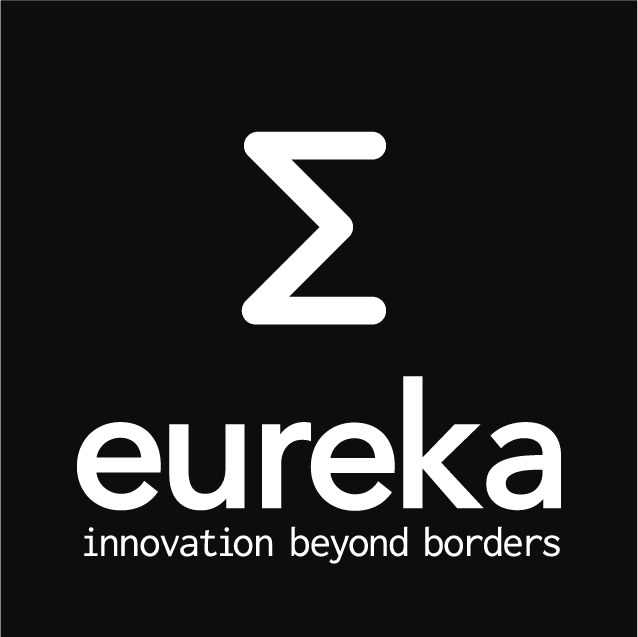Multi-functional full-duplex radios for terrestrial and non-terrestrial communication and sensing
Abstract
The MULTIRACS project is focused on creating an innovative and multi-functional transceiver that operates within the emerging FR3 frequency band (7-24 GHz), for which optimal technical methods have not been completely identified. The transceiver is predominantly digital, providing wide reconfigurability for various scenarios and usage cases. This adaptability enables energy and material efficiency as the same hardware equipment can accommodate diverse applications, unlike the current scenario where separate hardware is needed. The transceiver includes innovative highly functional 3D antenna arrays, which incorporate unique filters for reducing out-of-band emissions, and enabling full-duplex communication with in the band.
This transceiver is designed for use in mobile communications, supporting full-duplex communication, as well as front and back haul and sensing applications. It will also power robust, directional radio links crucial for mission-critical tasks, such as communication between drones or vehicles, and in satellite applications. Leveraging this transceiver, the same hardware can be used to manage resources across a multitude of IoT devices anticipated in the 6G era.
The consortium behind the project comprises key industry specialists. It includes Ericsson, a global leader in telecom, and SAAB and Thales, who are involved in several business areas including safety, sensing, aviation, and drones and satellite technology. The consortium also comprises component providers like Sivers Wireless, Core HW, Northern Waves, and EMSS Antennas; Ansys and Optenni who develop CAD tools; and Verkotan that offers over-the-air testing and calibration. Stellenbosch University is well-known for its filtering expertise, whereas Chalmers University of Technology and Aalto University are established in integrated circuit design, antennas, digital pre-distortion, and signal processing, while Tampere University leads in hardware-oriented signal processing methodologies.



